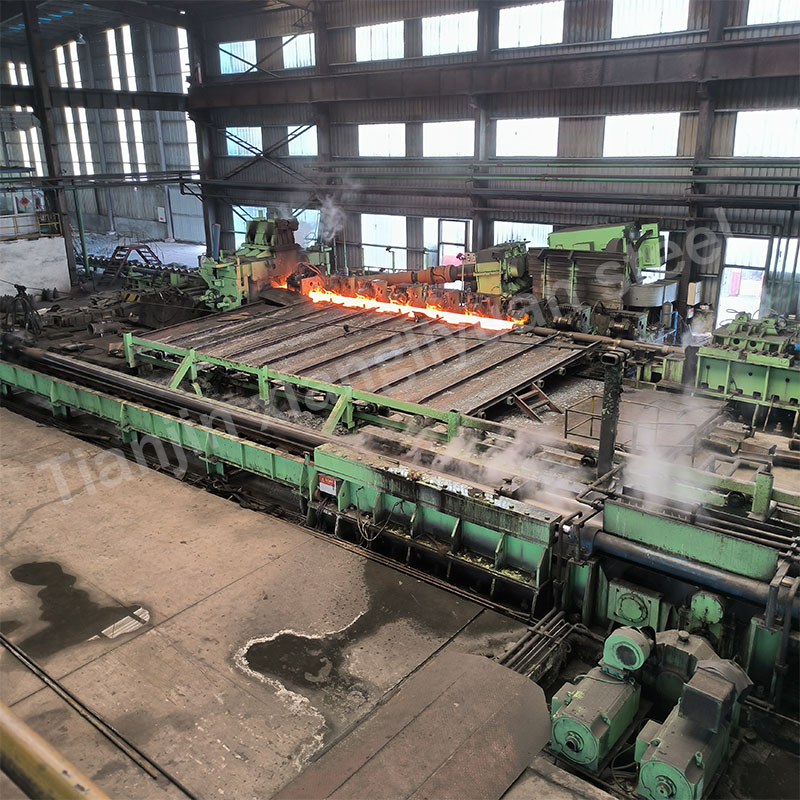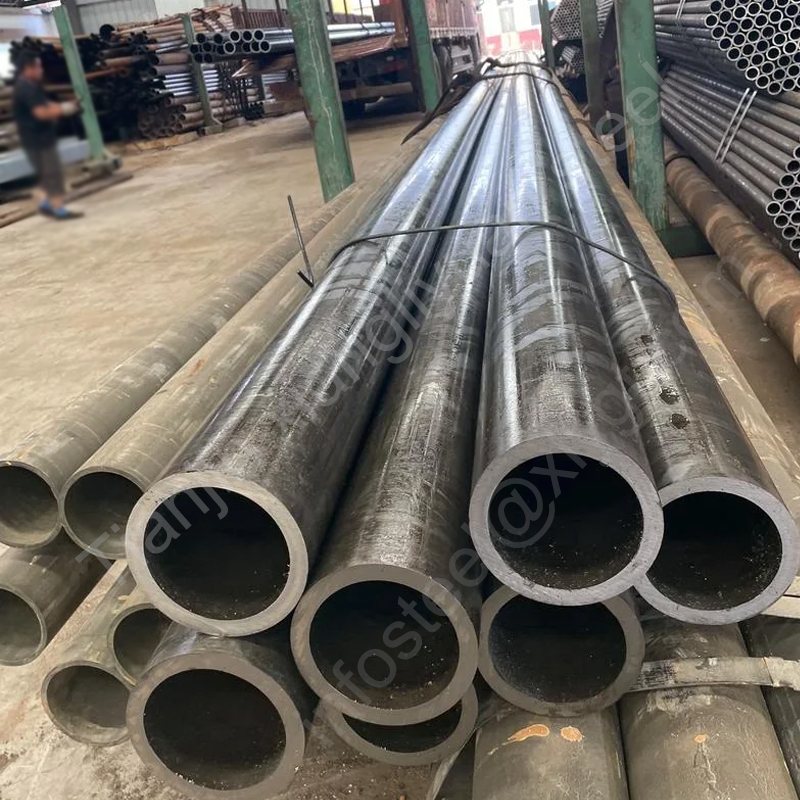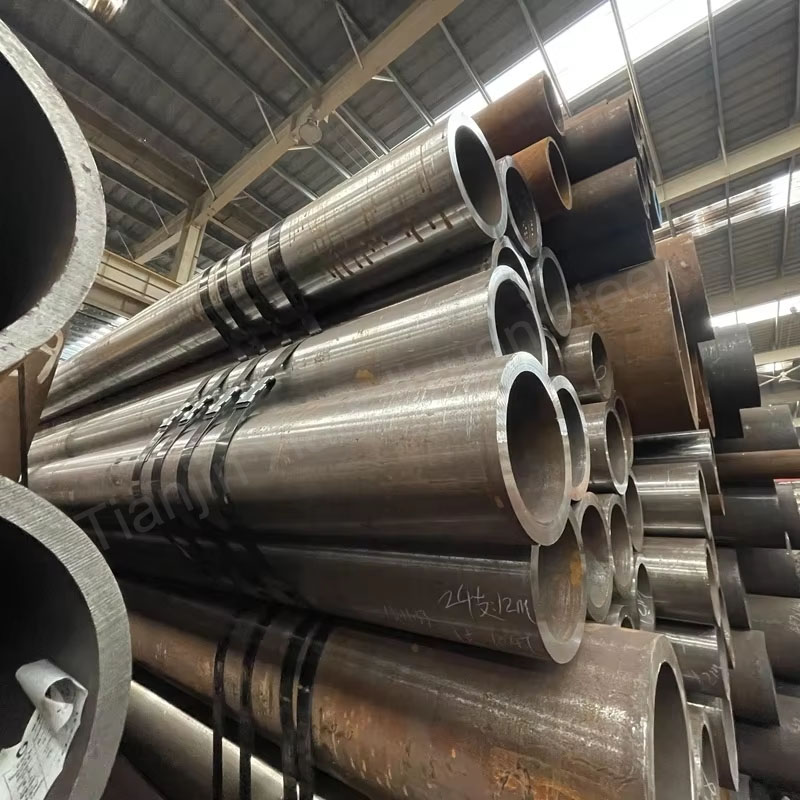In the past month, China’s steel industry has received a series of good news, especially in terms of rising billet prices, steady growth in steel pipe exports, and positive signs in future steel pipe price forecasts.
1. Billet price trend
Since September, China’s billet market price has shown an upward trend, mainly driven by steel production companies reducing production capacity and inventory and global demand recovery. In Tangshan, in particular, billet prices have been raised several times. As of the end of September, billet prices have risen to around 3,800 yuan/ton, up more than 100 yuan/ton from the beginning of the month. This upward trend is affected by multiple factors.
First, steel mills accelerated the purchase of raw materials such as coking coal around the National Day, further driving up billet costs. Second, the recovery of market demand, especially the increase in investment in infrastructure projects, has driven the purchasing demand of downstream steel-using industries. In addition, the Chinese government introduced a number of economic stimulus measures at the end of September, which not only boosted market confidence, but also further pushed up billet prices; in the future, with the continued rise in raw material costs and the implementation of production restrictions in some regions, billet prices are expected to remain relatively strong in the short term. However, in the long run, the price of steel billets may fluctuate due to changes in the global economic environment and domestic steel demand.
2. Export of steel pipes
China’s steel pipe exports have maintained a steady growth trend in recent months, especially for countries along the “Belt and Road” and other emerging markets. According to industry data, China’s steel pipe exports are mainly concentrated in Southeast Asia, the Middle East and Africa, where infrastructure construction and energy development projects have brought continuous demand to China’s steel pipe industry.
Data show that China’s steel pipe exports reached 2.5 million tons in the first half of 2024, an increase of about 10% year-on-year. Among them, the export performance of non-alloy steel pipes is particularly eye-catching. Such steel pipes are widely used in oil and gas pipelines, construction steel pipes and other fields. Chinese steel companies have gradually gained more shares in the international market by improving product quality and technological innovation, especially in the field of high-end steel pipe products. Despite the uncertainty of the global trade environment, China’s steel pipe industry is expected to continue to maintain a steady growth in steel pipe exports in the coming months by increasing exports to emerging markets and actively expanding diversified product lines.
3. Future steel pipe price forecast
Looking ahead to the next few months, the price of Chinese steel pipes may face certain upward pressure. This is mainly attributed to the following factors:
Rising raw material costs: As the prices of major raw materials for steel production (such as iron ore and coking coal) continue to rise, the cost of steel pipe production will also increase accordingly. This will directly affect the ex-factory price of steel pipes, especially against the background of the gradual recovery of domestic market demand, the price of steel pipes may rise to a certain extent.
Impact of environmental protection policies and production restrictions: In response to the Chinese government’s “dual carbon” goals, some major steel-producing regions have implemented production restrictions, especially in the autumn and winter in northern regions. Production restrictions will lead to a reduction in the supply of steel pipes, thereby pushing up market prices. At the same time, production restrictions will also prompt steel mills to further adjust their product structure and concentrate on producing high-value-added steel pipe products, thereby raising the overall price level.
Recovery of global demand: Although the global economy faces certain challenges, with the increase in infrastructure investment in emerging markets and the improvement of the global trade environment, the demand for steel pipes may gradually recover in the coming months. Especially driven by energy industries such as oil and natural gas, global demand for steel pipes will continue to increase, which will also bring opportunities to Chinese steel pipe exporters and further push up steel pipe prices.
In summary, China’s steel pipe prices may show a stable upward trend in the next few months. Although the market faces some challenges, the overall growth in demand and the increase in raw material costs will provide support for steel pipe prices. Steel buyers need to pay close attention to market changes, reserve inventory reasonably, and arrange procurement plans to cope with the risks and opportunities brought about by future price fluctuations.




